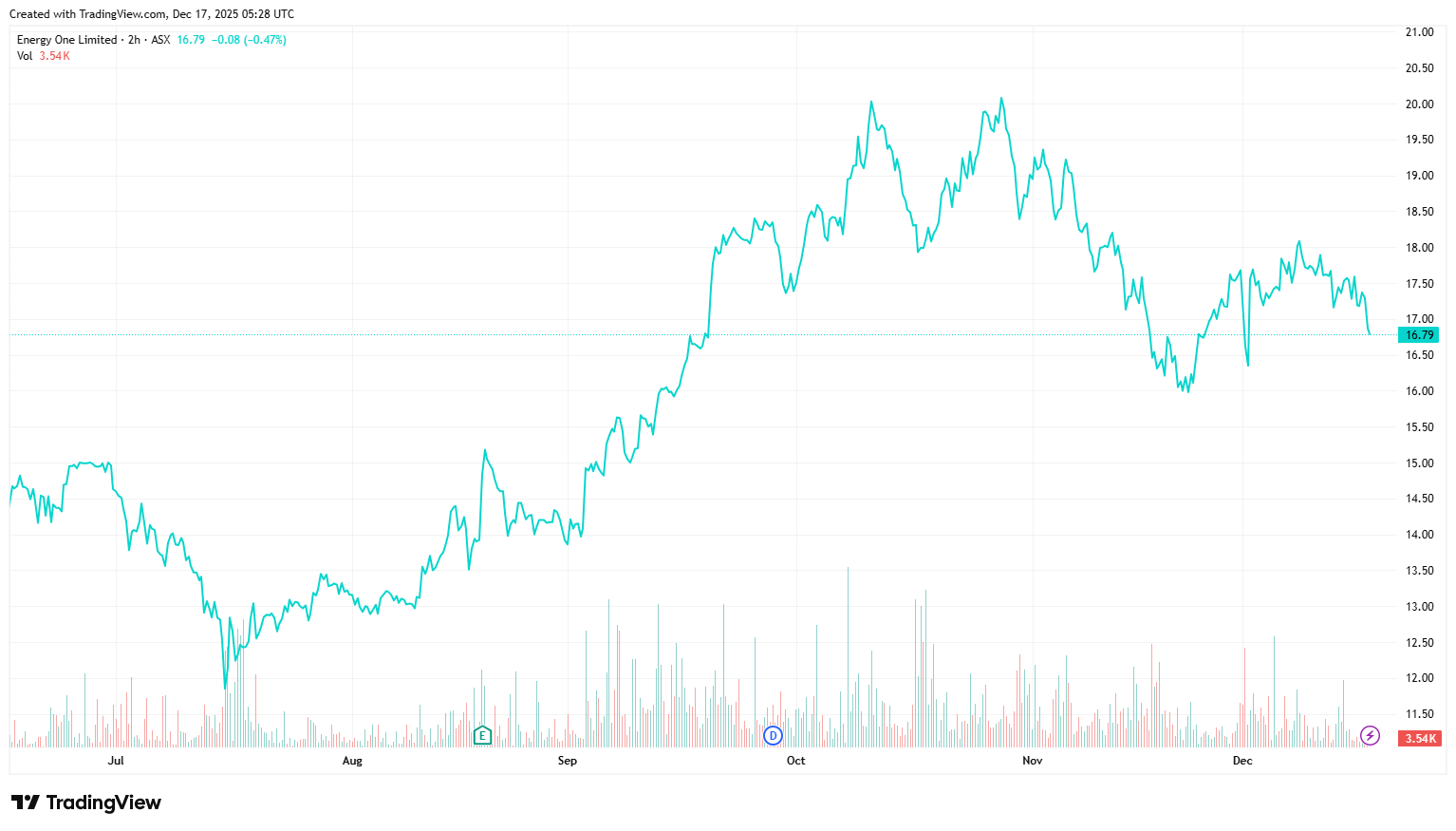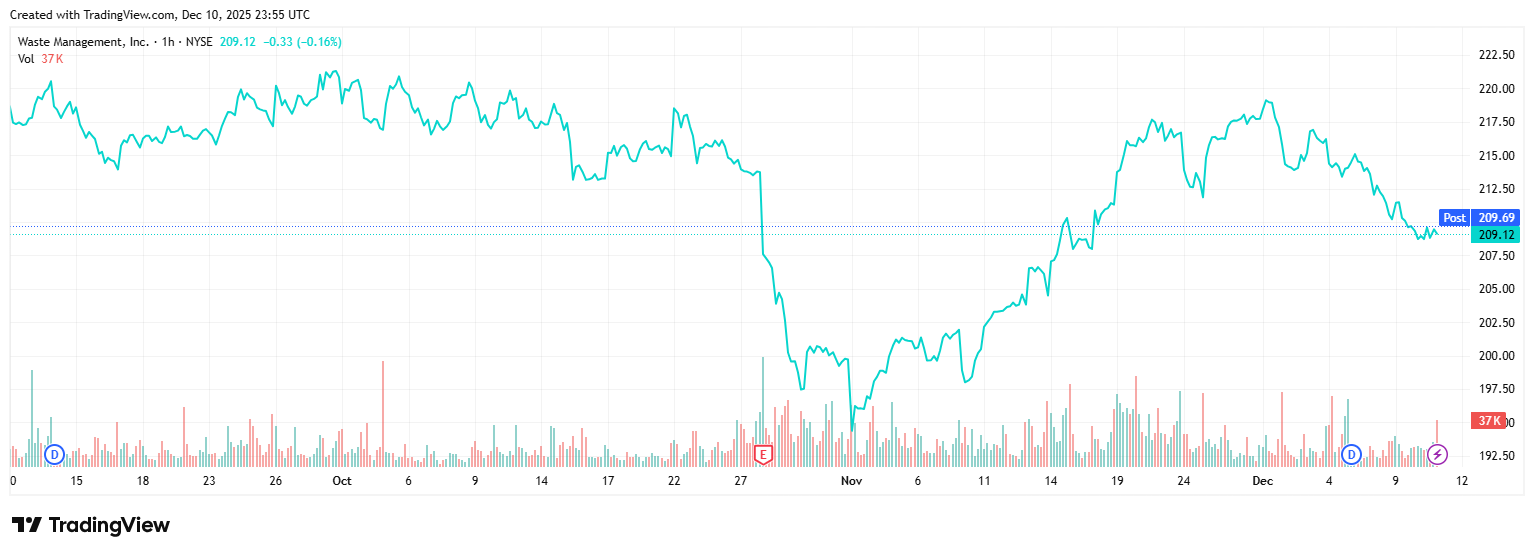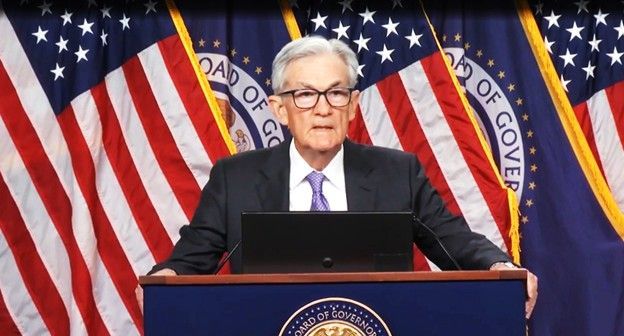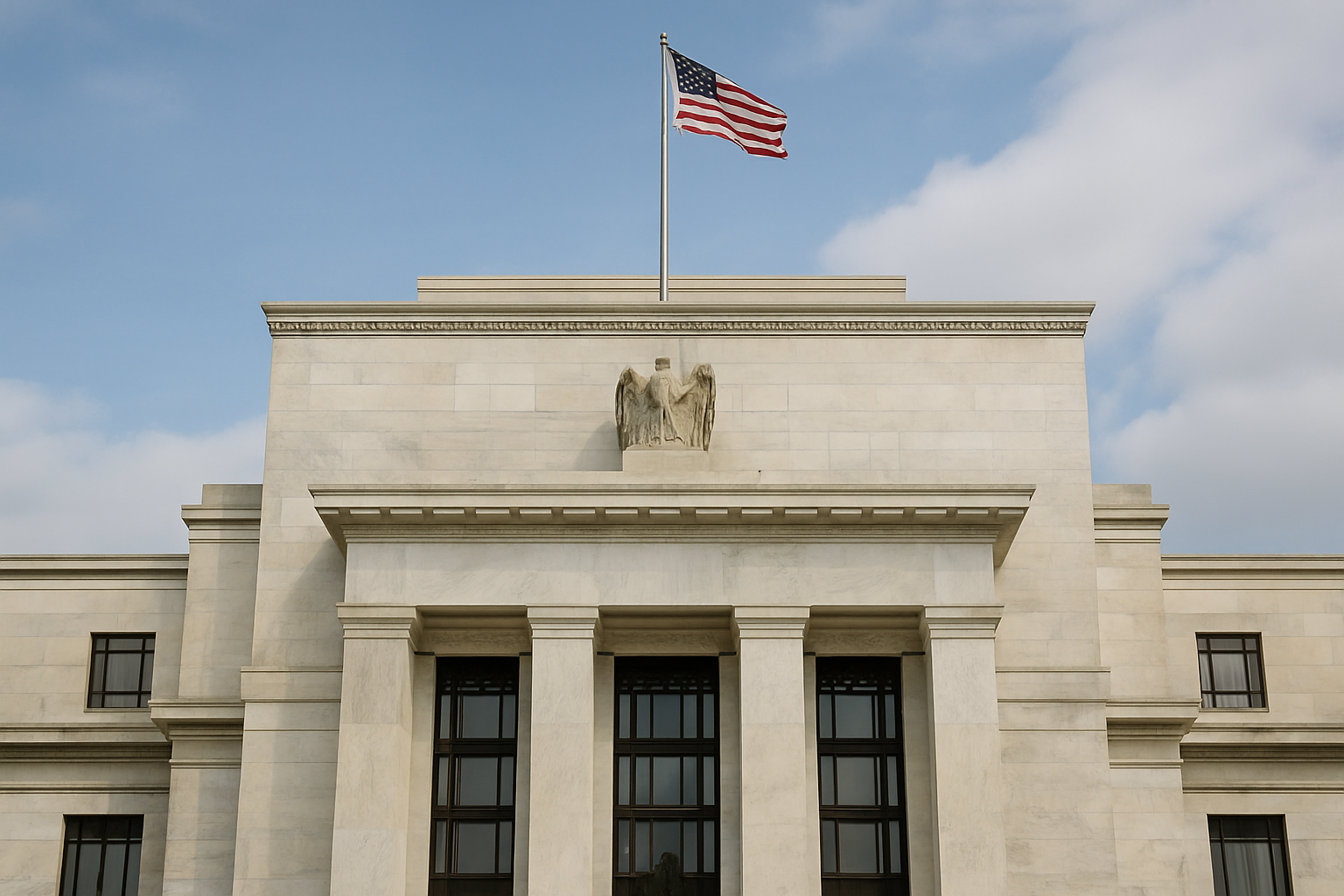International Market Volatility Amidst Uncertain US Trade Threats: How Is This Affecting ASX and US Equity Markets?
The global financial landscape has been rocked by escalating trade tensions, with US policies under President Donald Trump causing significant market fluctuations. Investors worldwide are grappling with uncertainty as tariff threats, economic instability, and geopolitical risks weigh heavily on equity markets. This article explores the effects of these factors on both the Australian Securities Exchange (ASX) and US equity markets.

Policy Changes - Rising Uncertainty
One of the key drivers of market volatility has been Trump's aggressive trade policies. The recent imposition of 25% tariffs on Canadian and Mexican imports, along with doubled levies on Chinese goods, has sparked retaliatory actions from these nations. Mexican President Claudia Sheinbaum has vowed to introduce countermeasures, adding to global economic tensions.
Additionally, Trump has not ruled out the possibility of a US recession due to these policies. The Atlanta Federal Reserve recently projected economic contraction in the first quarter, intensifying fears of a downturn. Although Trump initially imposed heavy tariffs, he later postponed their full implementation until April 2, providing temporary relief but adding to overall uncertainty.
Economic Uncertainty Sentiment
Frequent shifts in trade policy have eroded investor confidence, with consumers and businesses delaying spending and investment decisions. Economic research has consistently shown that uncertainty leads to reduced employment, lower investment levels, and increased financial market volatility. Measures of consumer confidence have also declined, signalling concerns over a potential economic slump.
One of the biggest risks is the possibility of "stagflation" a scenario where high inflation coexists with stagnant growth.
Interest Rates and Monetary Policy
Central banks, including the Federal Reserve and the Reserve Bank of Australia (RBA), are closely monitoring these developments. Potential monetary policy responses could include interest rate adjustments and liquidity injections to stabilise markets.
In February 2025, the RBA reduced its cash rate target by 25 basis points to 4.10%, marking its first rate cut since the early pandemic period. This decision aims to stimulate economic activity amid global uncertainties.
As for the US, as of March 2025, the Fed has maintained the federal funds rate at 4.25%–4.50%, following a 100 basis point cut in late 2024. Fed Chair Jerome Powell has emphasised a "wait and see" approach, indicating that the central bank is monitoring economic indicators closely before implementing further rate adjustments.
The monetary policies of both the Fed and the RBA significantly influence investor behaviour and equity market performance. Stable or reduced interest rates can lower borrowing costs, potentially encouraging investment in equities. Conversely, the cautious outlook of these central banks may reflect underlying economic concerns, leading to increased market volatility. Investors should remain attentive to central bank communications and be prepared for potential shifts in monetary policy that could impact market conditions.
Investor Confidence and Risk Appetite
ASX Performance
The ASX has suffered heavier losses compared to US markets, with declines surpassing Wall Street's 6.9% drop. Australian banks are at the centre of this downturn, with Commonwealth Bank, ANZ, NAB, and Westpac all reporting significant falls in share price. Traditionally, such sharp declines would encourage investors to "buy the dip," but heightened uncertainty is altering market behaviour.
Despite economic challenges, several factors are creating a favourable environment for investment in Australia. A weaker Australian dollar enhances export competitiveness and boosts tourism, driving revenue growth in key industries and making Australian assets more attractive to foreign investors. The Reserve Bank of Australia's recent rate cut from 4.35% to 4.1% signals stability, reducing borrowing costs and making equities and property more appealing investment options. Additionally, with unemployment remaining low at 4.1%, consumer confidence and spending remain strong, supporting corporate earnings.
Key factors influencing ASX performance:
- The rise of passive investors, leading to reduced reactive trading.
- Banks still being perceived as overvalued despite recent corrections.
- Superannuation funds holding significant bank shares (approximately 25% of the sector), limiting additional institutional buying.
US Market Trends
In the US, the S&P 500 has been significantly impacted by volatility in tech stocks. Since its February 19 peak, the index has erased all post-election gains, shedding an estimated $3.3 trillion in market value. This translates to approximately $330 billion in lost market capitalisation per trading day over the past two weeks.
The recent decline in the U.S. dollar, which has fallen 4.2% in the US Dollar Index presents a significant advantage for the stock market, particularly for export-driven industries. A weaker dollar makes American goods and services more competitive internationally by reducing their price in foreign markets. This boosts demand for US exports, benefiting key sectors such as manufacturing, technology, and consumer goods. As these industries experience increased revenue from global sales, their earnings improve, which in turn drives higher stock valuations and attracts investor confidence.
Key observations in US markets:
- The dominance of tech stocks in the S&P 500 amplifies market swings.
- Investor sentiment remains fragile amid ongoing trade tensions and recession fears.
- Federal Reserve policy decisions will play a crucial role in shaping future trends.
Subscribe to our newsletter
Disclaimer: This article does not constitute financial advice nor a recommendation to invest in the securities listed. The information presented is intended to be of a factual nature only. Past performance is not a reliable indicator of future performance. As always, do your own research and consider seeking financial, legal and taxation advice before investing.











